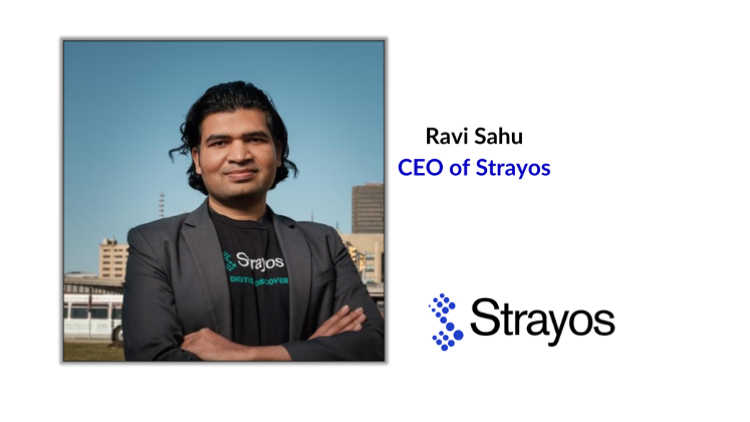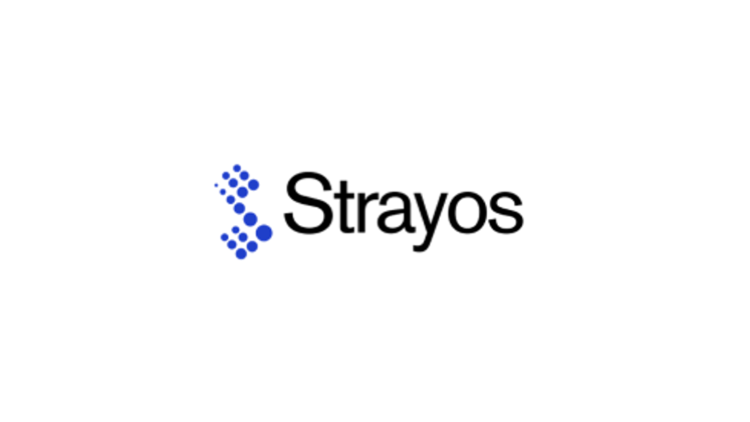Webinar Summary: Using 3D Machine Vision AI System & Edge Computing to Optimize the Mine-to-Mill Performance
Webinar Replay
Summary
Learn how AI is powering the newest innovations in mining! Specifically, how installing one small camera & an edge computing device will give your plant operators Ore Analysis in REAL TIME- letting them make instant decisions on how to best sort & process ore. Introducing Netra Strayos' NEW 3D Machine Vision AI & Edge Computing System. Mount it anywhere for Real-Time Ore Analysis & Instant Alerts
Here’s how Netra can help you:
- Improve recovery
- Minimize dilution
- Minimize loss
- Optimize loading, hauling, crushing, & milling
- Empowering Human Intelligence with AI
CEO of Strayos, Ravi Sahu talks about newer technology that can be applied mine to mill performance and goes in-depth with Netra.
Q&A
Can the minerals be used for low-light situations? How accurate is it?
- Yes, it works in low light. From the minerals perspective, it doesn't matter if any type of mineral since it is an RGB sensor. Hence, it's not there are no other types of chemistry, or the spectral signatures are built in so you will see what's the gradation in terms of the size gradation and it can be applied to any type of minerals either metal side.
What are your predictions for the role of AI in the mining industry over the next 12 and 24 months?
- In terms of the mining and the quarrying side, we see huge applications in how the blast design can be improved so that's a very practical application. For the future, in the next two or three years lot more on the autonomy side which means perceiving things like failure breakdown. Those are the areas where I see a lot of different applications of AI including workforce training.
How can your vision system determine your grade, as indicated in one of the presentation slides?
- Yes. The Netra system detects size grade at the moment. If you are looking for rock chemistry hyperspectral sensors are needed.
How does the camera work?
- It's a stereoscopic system with a dual-lens. It triangulates and captures the images and triangulates them which builds the depth of information. Depth information builds the measurements, and that's how you drive the different particle sizes, gradation, and any type of color texture information from optical sensing happens, and we take that data to build more applications and algorithms on top of that.
Which is, is the color coding based on wavelength absorption of the rock or fluorescence imaging?
- So Thelors right now is just based on training the rock data, which means we can see the texture information, a. We look at each pixel's information and build color information there. We are not using any type of wavelength information because, again, that's more on the spectral side which relates to the chemistry side. Our detection of the colors is entirely based on the pixel information.
Presenter

Ravi Sahu, CEO and Founder of Strayos
With a background in engineering and over a decade of experience in digital transformation and product management, Ravi worked with Fortune 500 companies worldwide before founding Strayos. He holds an MBA from Washington University in St. Louis and is knowledgeable and expert in leveraging AI.
Ravi has taken Strayos to the next level by developing advanced computer vision and machine learning solutions to optimize operations, improve safety, and enhance efficiency in the mining industry.

New technologies are rapidly changing the drilling, blasting, mining, and aggregates industries, empowering them in ways never before possible. Make sure you are taking advantage of the best tools available.
Check out our 2 Free E-books on AI applications for the drilling, blasting, and mining industries to see all the amazing advances that are available.
AI Guide for Drilling and Blasting
AI Guide for Mining
Watch our videos:
YouTube
